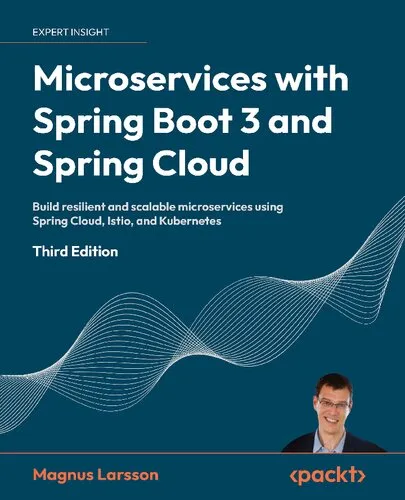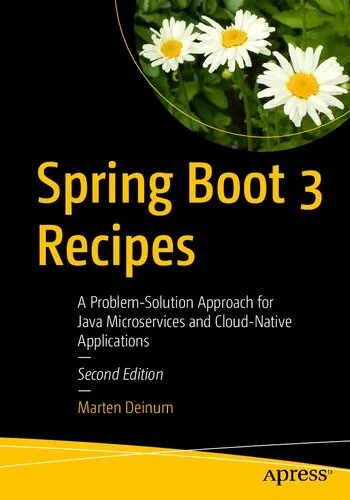Practical Microservices Architectural Patterns - Event-Based Java Microservices with Spring Boot and Spring Cloud
4.0
Reviews from our users

You Can Ask your questions from this book's AI after Login
Each download or ask from book AI costs 2 points. To earn more free points, please visit the Points Guide Page and complete some valuable actions.Related Refrences:
Introduction
Welcome to the world of microservices architecture, where the agility of designing modular, scalable, and resilient software applications comes to life. "Practical Microservices Architectural Patterns - Event-Based Java Microservices with Spring Boot and Spring Cloud" is a comprehensive guide that delves deeply into the intricacies of microservices, tailored specifically for Java developers. With the power of Spring Boot and Spring Cloud, this book equips readers with the knowledge to design, implement, and orchestrate microservices with precision and efficiency.
Detailed Summary of the Book
Microservices architecture has revolutionized the way software applications are developed and maintained. This book begins by laying a strong foundation on the principles of microservices, exploring the various aspects that distinguish them from traditional monolithic architectures. As you turn the pages, you'll discover how to leverage the Spring Boot framework to simplify the process of building standalone, production-grade Spring-based applications with ease.
The book places a special emphasis on event-driven architectures, highlighting the benefits of asynchronous communication in microservices. With the integration of Spring Cloud, developers can achieve a seamless microservices experience, utilizing powerful tools for configuration management, service discovery, and more. The narrative is rich with practical examples, illustrating how these technologies can be used to solve real-world challenges.
Readers will also explore advanced topics such as API gateways, circuit breakers, and distributed tracing, all essential for building robust enterprise applications. With clear explanations and detailed code snippets, the book offers invaluable insights into designing a microservices ecosystem that is both flexible and maintainable.
Key Takeaways
- Understand the core concepts of microservices and their advantages over monolithic architectures.
- Learn how to effectively use Spring Boot to create independent and easily deployable services.
- Explore the event-driven approach for building responsive and resilient microservices systems.
- Discover the capabilities of Spring Cloud in managing service configuration and communication.
- Gain insights on implementing security and monitoring strategies for microservices.
- Master the principles of distributed data management and consistency models.
Famous Quotes from the Book
"Microservices are all about building applications that are easier to scale, manage, and extend."
"Spring Boot and Spring Cloud harmonize to create a perfect symphony for developing modern microservices."
"Event-driven architectures empower developers to build systems that are not only highly scalable but also resilient to change."
Why This Book Matters
In the rapidly evolving technological landscape, staying ahead means embracing architectures that support dynamic scalability, continuous deployment, and easy maintenance. This book makes a significant contribution to the field by demystifying the process of building complex systems with microservices. It serves as an indispensable resource for developers seeking to enhance their expertise in Java microservices, particularly those who wish to adopt an event-driven approach.
What sets this book apart is its practical orientation. The examples and exercises included guide readers through the entire development process, alleviating the steep learning curve associated with microservices. Furthermore, it emphasizes the experiential learning model, promoting a deeper understanding through hands-on practice. For anyone committed to mastering microservices architecture, this book is an essential read that bridges the gap between theory and practical implementation.
Free Direct Download
You Can Download this book after Login
Accessing books through legal platforms and public libraries not only supports the rights of authors and publishers but also contributes to the sustainability of reading culture. Before downloading, please take a moment to consider these options.
Find this book on other platforms:
WorldCat helps you find books in libraries worldwide.
See ratings, reviews, and discussions on Goodreads.
Find and buy rare or used books on AbeBooks.
1533
بازدید4.0
امتیاز1
نظر98%
رضایتReviews:
4.0
Based on 1 users review
samsul
Dec. 23, 2024, 5:42 p.m.
It is good for solution architects because of the detailed explanation of the infrastructure, monolithic and microservices architecture patterns
Questions & Answers
Ask questions about this book or help others by answering
No questions yet. Be the first to ask!


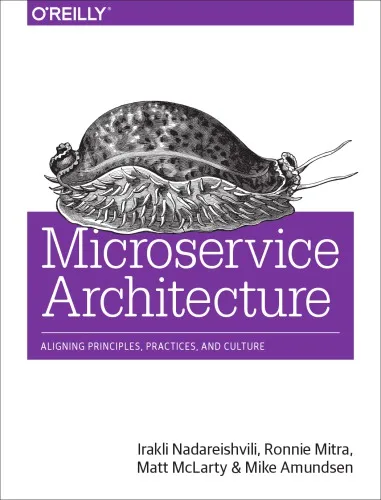
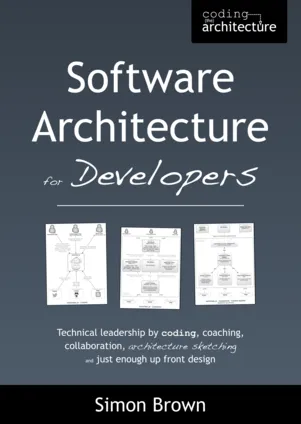
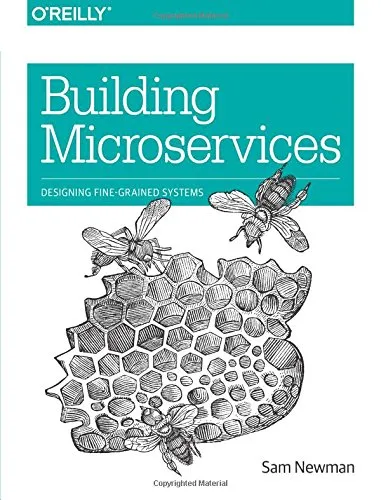
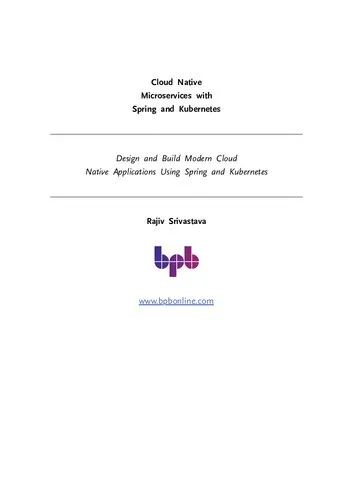
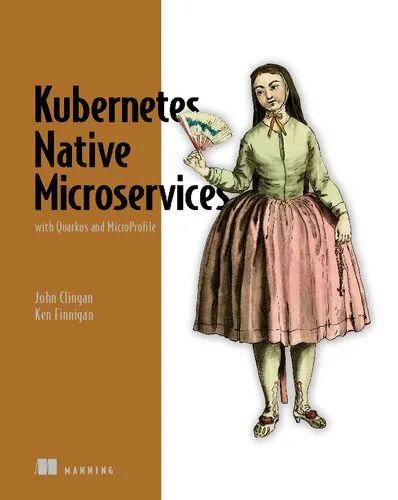
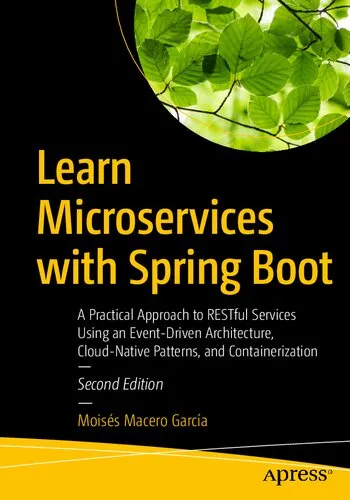
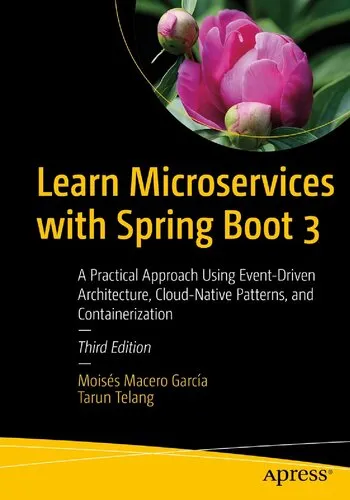
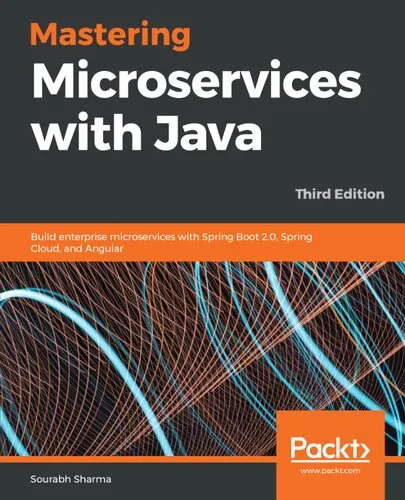
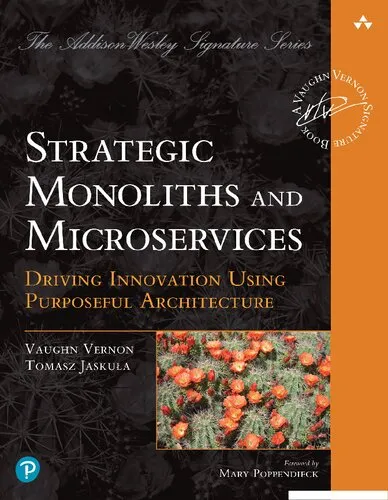
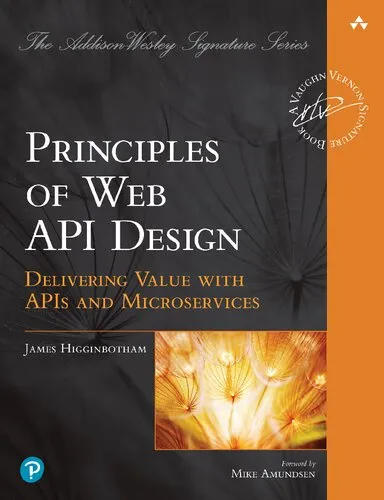
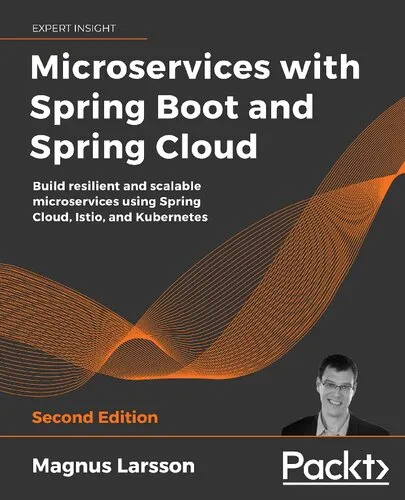
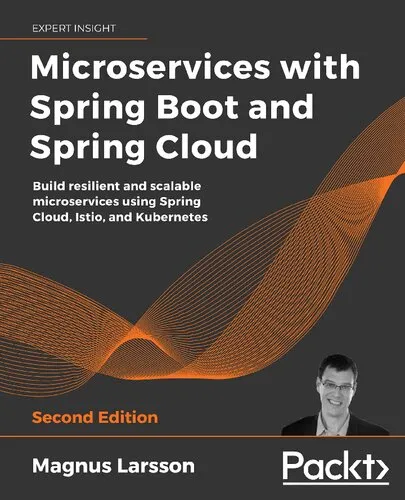
![Microservices with Spring Boot 3 and Spring Cloud: Build resilient and scalable microservices [Team-IRA] (True PDF)](https://s3.refhub.ir/images/thumb/Microservices_with_Spring_Boot_3_and_Spring_C_4953.webp)
